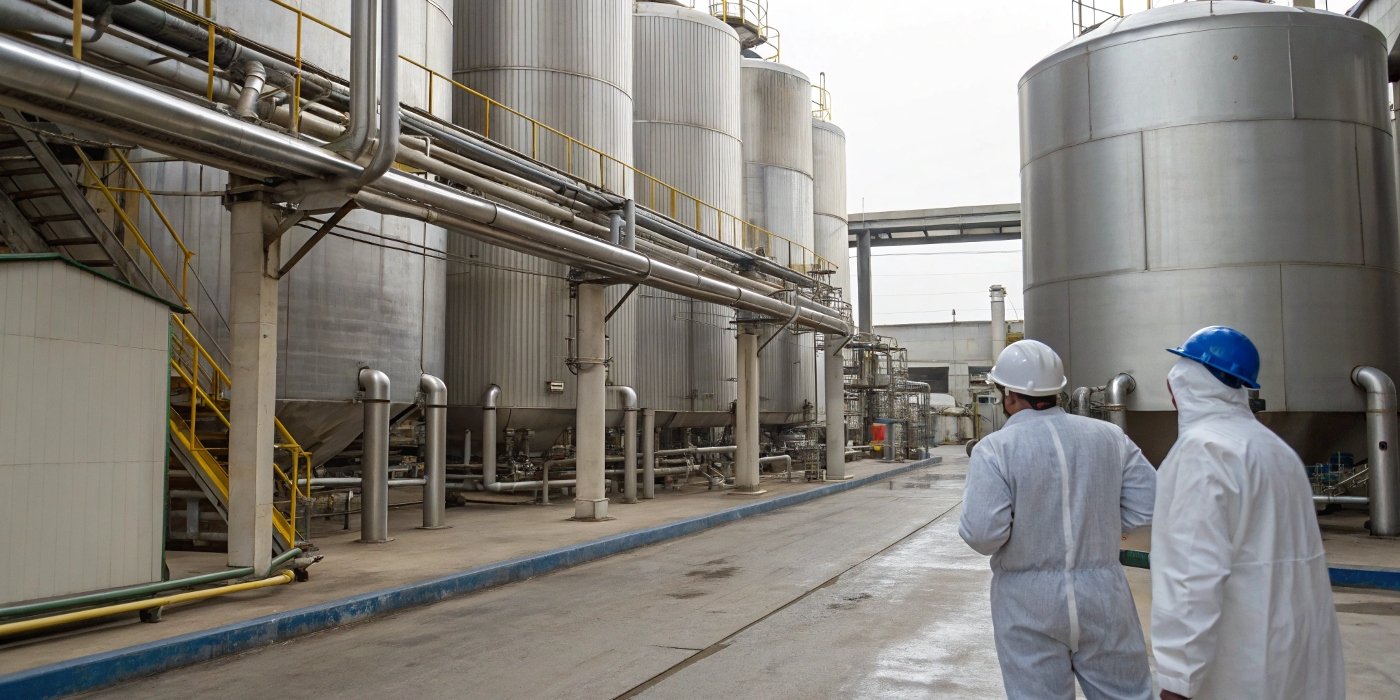
If you’re seeking innovative ways to enhance textiles, leveraging the properties of aluminum hydroxide might offer solutions you hadn’t considered, opening new possibilities in fabric treatment.
Aluminum hydroxide can be used in the textile industry as a flame retardant, improving the safety of fabrics without compromising their quality. This property enhances textiles used in specialized garments and furnishings.

In exploring aluminum hydroxide’s industry applications, textile innovation stands out. Its flame retardant1 qualities make it vital for clothing and household items requiring enhanced safety standards. This application meets the demands of specialized sectors, providing both protection and quality. Let’s dive further into how this mineral supports and transforms textile processes.
What is the use of Aluminium hydroxide in industry?
Understanding aluminum hydroxide’s industrial versatility can inspire new applications, turning a standard compound into a toolkit for transformative processes.
Aluminum hydroxide is used widely across industries. It acts as a flame retardant in construction, a filler in plastics, and an antacid in pharmaceuticals. Its chemical stability makes it indispensable.
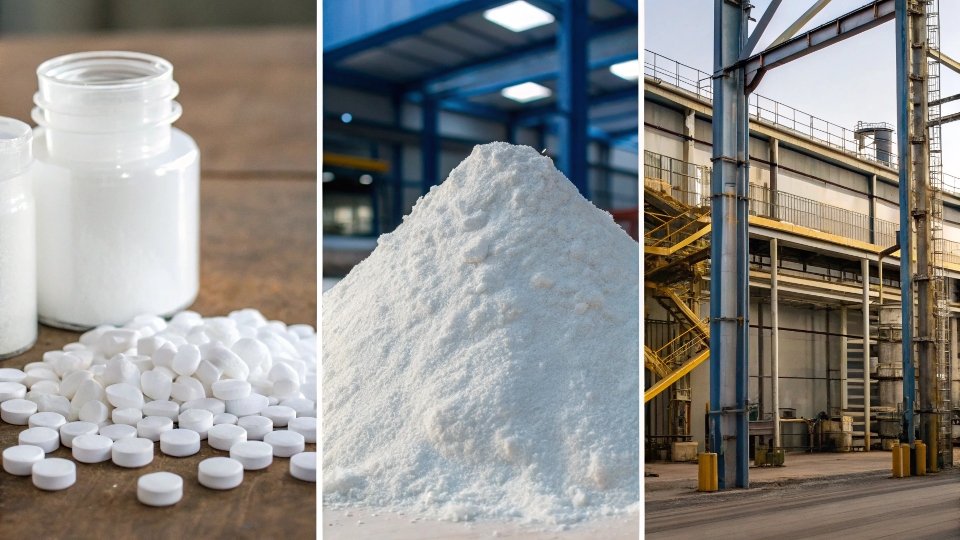
Aluminum hydroxide’s impact stretches far within industries. It not only enhances the flame resistance of building materials but also optimizes plastics by reducing opacity and improving consistency. Its antacid role in medicine relieves discomfort effectively. The textile industry2 benefits similarly, with aluminum hydroxide’s flame retardant properties offering a safety edge in fabric production, safeguarding clothing and furnishings. For manufacturers like you, leveraging these properties is vital to meeting specialized client needs.
Which chemical is mainly used in the textile industry?
Diving into textile chemistry opens a window to understanding which materials drive processes that enhance fabric quality and performance.
Sodium hydroxide is primarily used in the textile industry. It plays a crucial role in mercerizing cotton, enhancing fabric strength, luster, and dye absorption. Its versatility makes it a staple in textile processing.
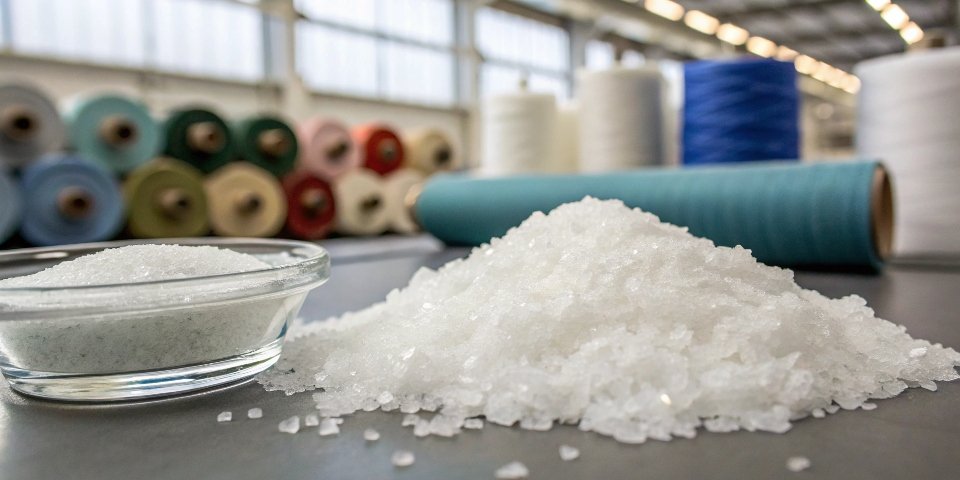
The textile sector relies heavily on sodium hydroxide3 for processing. This alkali is key in mercerizing4, a process that treats cotton to increase its strength and sheen. By opening up the fibers, it allows dyes to penetrate more effectively, leading to vibrant, lasting colors. This chemical’s usage in textiles highlights the industry’s need for performance-enhancing substances. While aluminum hydroxide focuses on fire resistance, sodium hydroxide handles the aesthetics and durability of textiles. Understanding these distinctions helps tailor production processes to specific functional needs.
What can aluminum hydroxide be used for?
Further exploration of aluminum hydroxide’s uses may reveal hidden benefits for diverse applications, making it a multifaceted resource in many sectors.
Beyond flame retardancy, aluminum hydroxide serves as a filler in plastics, an antacid in medications, and aids in water purification. Its amphoteric nature ensures its role in stabilization and neutralization.
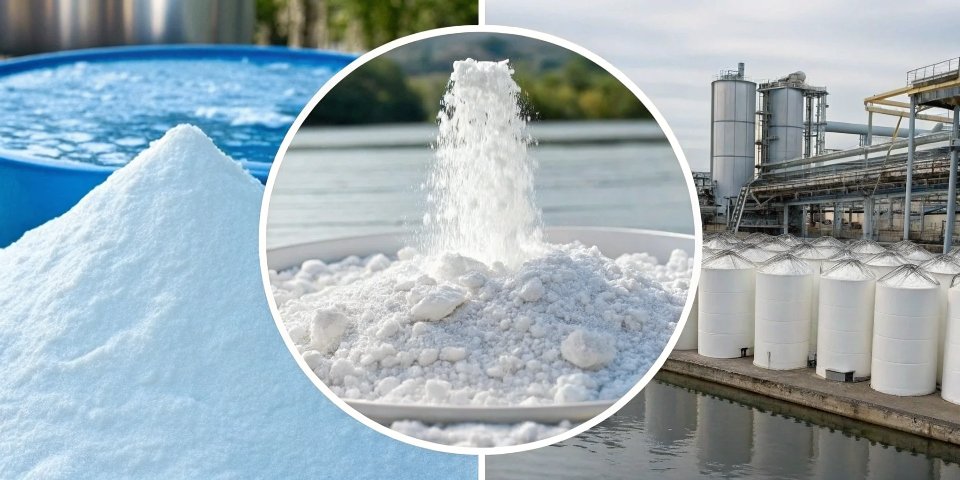
Aluminum hydroxide stands as a versatile compound across industries. Its ability to stabilize and neutralize supports varied applications, from medicine to manufacturing. These stable properties find utility in flame-retardant textiles, pharmaceutical formulations, and water treatment processes. By exploring each use, industries can tailor their approaches to leverage aluminum hydroxide’s multifaceted benefits efficiently.
Is sodium hydroxide used in the textile industry?
Understanding sodium hydroxide’s critical role can highlight chemical compatibility and processing methods that optimize textile production.
Yes, sodium hydroxide is extensively used in textile manufacturing. It is essential in fiber preparation and contributes significantly to altering fabric structure and dye receptivity.

Sodium hydroxide is a staple in textile industries due to its powerful processing capabilities. Its inclusion in fiber treatment creates smoother, more receptive surfaces for dyes. This chemical greatly influences the vibrancy and strength of textiles, reaffirming its status as an industry necessity. Its effectiveness contrasts with aluminum hydroxide’s fire protection roles, underscoring the importance of chemical selection tailored to specific needs, whether aesthetic or protective.
Conclusion
Aluminum hydroxide brings valuable flame retardant properties to textiles, enhancing safety. Its versatility across industries makes it an essential compound, fostering innovation and functional use.
-
Learn about the science behind flame retardants and their importance in improving fabric safety standards. ↩
-
Explore the latest advancements in the textile industry and how they are transforming fabric production. ↩
-
Understand the critical functions of sodium hydroxide in enhancing fabric quality and dye absorption. ↩
-
Delve into the mercerizing process and its impact on cotton fabric strength and appearance. ↩
You may also be interested in:
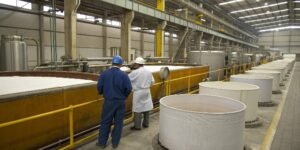
How is sodium hydroxide used in the paper industry?
Paper production is a complex process. Using the wrong chemicals can ruin pulp quality and increase costs. Sodium hydroxide is a key chemical that solves many of these challenges. Sodium

What Are the Core Properties and Production Methods of Aluminum Hydroxide?
Finding reliable aluminum hydroxide is hard. Inconsistent quality can ruin your products. Let’s explore its core properties and how it’s made, so you can source with confidence. Aluminum hydroxide is

China Low Viscosity Aluminum Hydroxide Manufacturers?
Are you tired of searching for direct aluminum hydroxide factories in China? The process can be confusing, and you might be dealing with traders who raise prices. The most prominent

Is Al(OH)3 a solid, liquid or a gas?
Are you confused about the basic physical state of aluminum hydroxide? This uncertainty can cause problems in handling and application. Let’s clear up this fundamental question right away. Aluminum hydroxide,

Aluminum Trihydrate (ATH) Supplier in India?
Finding reliable suppliers in a vast market can be overwhelming. Do you risk quality for cost or balance both? India offers several qualified Aluminum Trihydrate (ATH) suppliers known for quality

Aluminium Trihydrate Manufacturers Suppliers New Delhi?
Looking for reliable aluminium trihydrate sources in New Delhi can be overwhelming. The quality and delivery times vary. How can you find the right supplier? To find aluminium trihydrate manufacturers

Aluminium Hydroxide at Lowest Price in Bhavnagar?
Finding affordable aluminum hydroxide seems challenging, right? Manufacturers often struggle with cost, but there are ways to secure competitive prices in Bhavnagar. The best way to get low prices on

How is sodium hydroxide used in the paper industry?
Papermaking needs pure pulp, but lignin makes it weak and yellow. How do you fix this? Sodium hydroxide is the essential chemical that effectively removes these unwanted impurities. Sodium hydroxide,

Properties and Production of Aluminium Hydroxide?
Are you struggling to find a consistent, high-quality supply of aluminum hydroxide? Price fluctuations and unreliable quality from middlemen can harm your business and disrupt your production schedule. Aluminum hydroxide

How is Fine Aluminum Hydroxide Precipitated from Bayer Liquors?
Struggle with inconsistent aluminum hydroxide? Worried that poor particle size will compromise your product quality? We master the precipitation process to deliver the fine, consistent powder you require. To precipitate